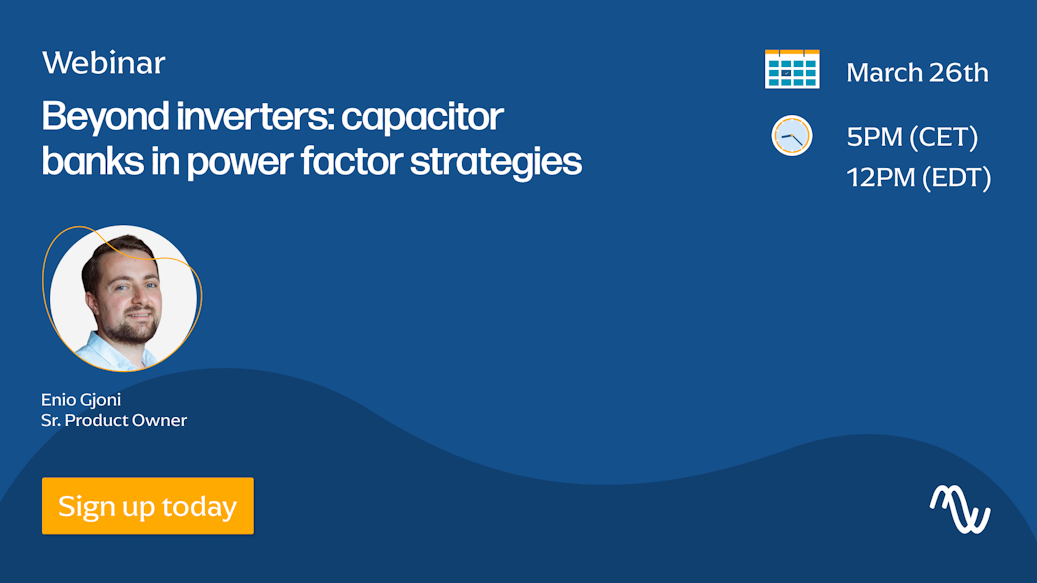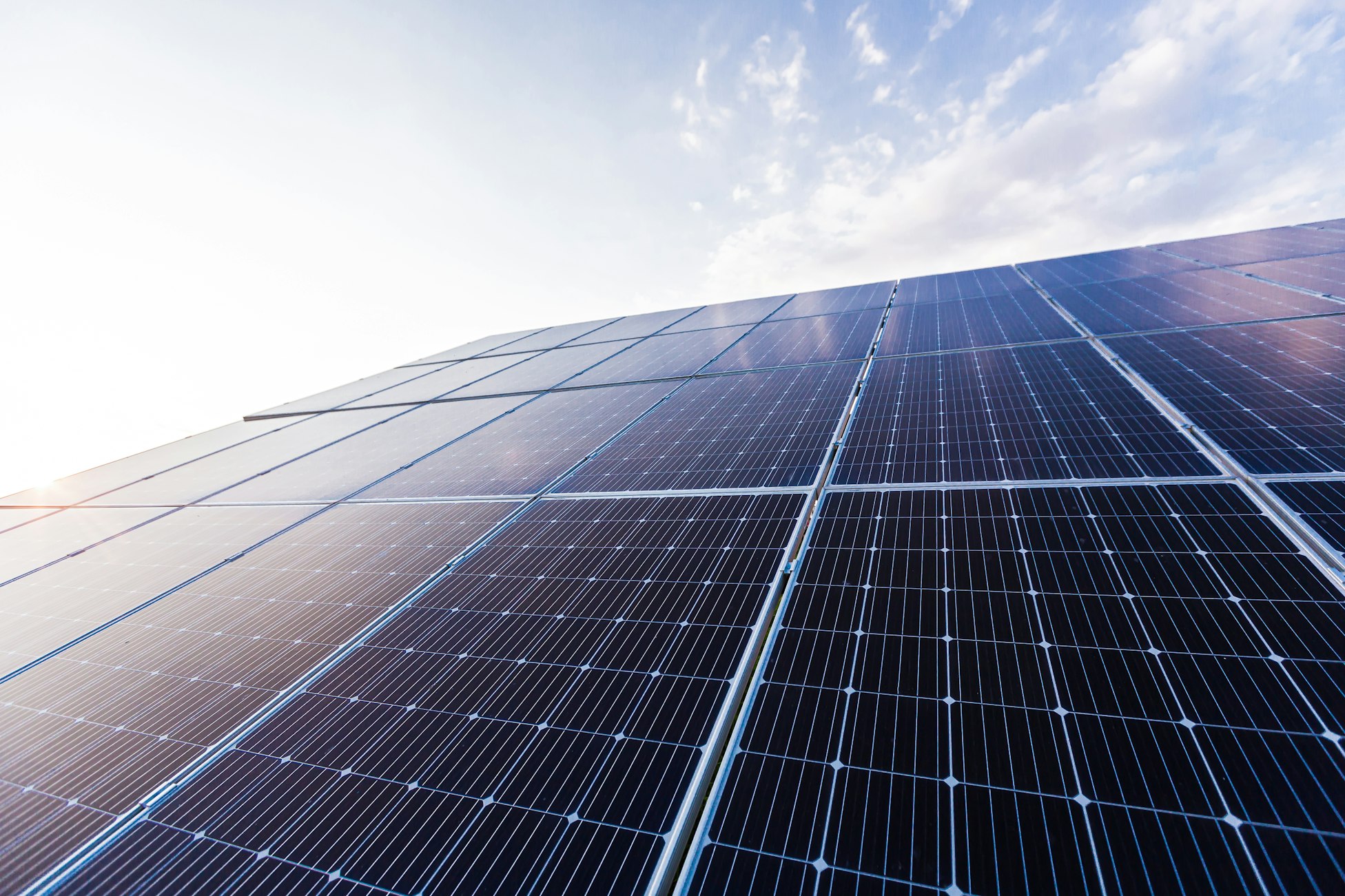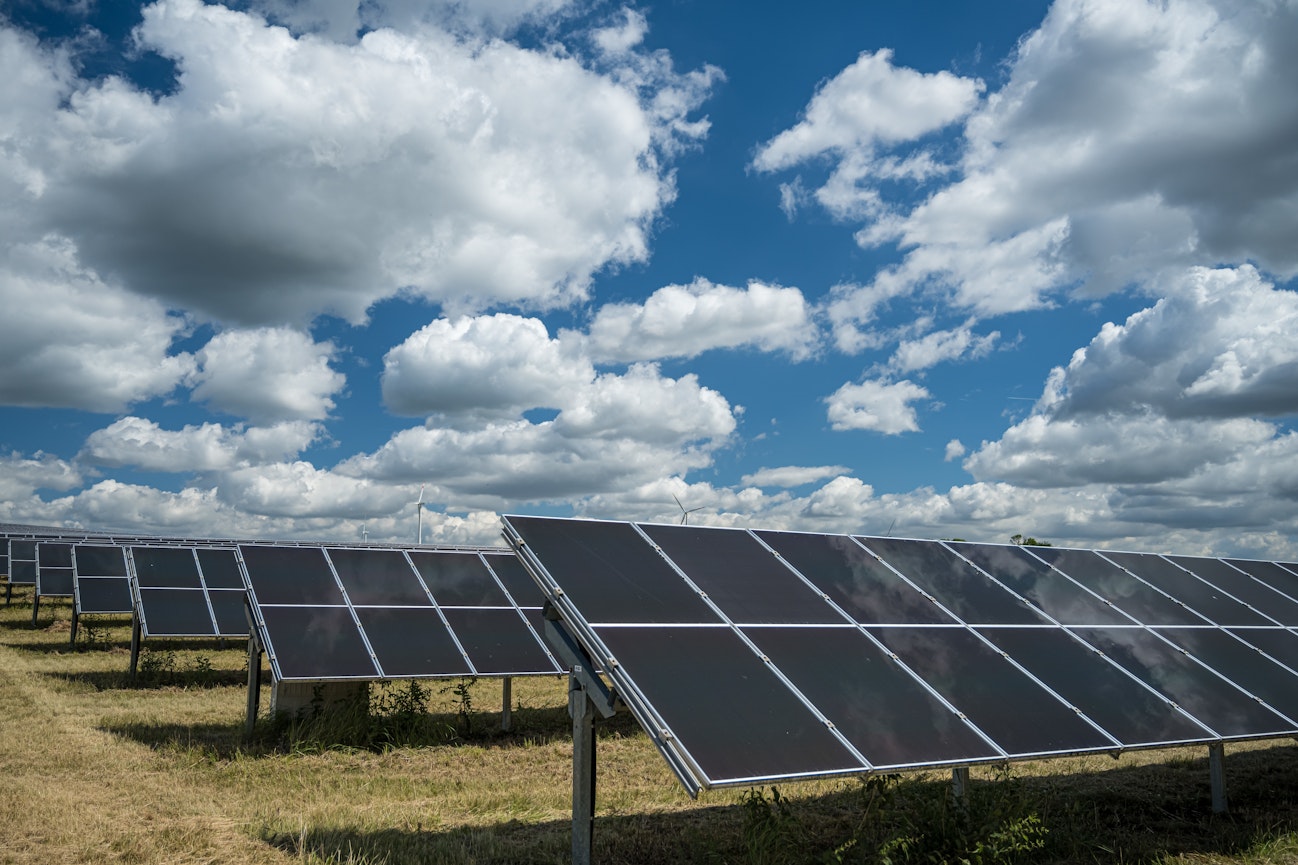What is a capacitor bank and how is it used in solar plants?
- Published by
- Reviewed byEnio Gjoni
![]()
Enio Gjoni
Enio Gjoni is an electrical engineer with expertise in power system analysis and studies. Having dedicated 5 years contributing in the "Control Room of the Future" for transmission utilities, by being part of the implementation team of cutting-edge SCADA/EMS/AGC systems, he has joined RatedPower as a Senior Product Owner in the Interconnection team, committed in bringing to the users a top-tier software solution for solar power studies.
13 Mar, 24

Webinar: Beyond inverters: capacitor banks in power factor strategies
Join our Sr. Product Owner, Enio Gjoni, to see first-hand the flexibility within RatedPower’s platform for selecting different power factor strategies.

Read on to find out what a capacitor bank is and how it works to improve the output of a solar PV system.
What is a capacitor bank?
To understand what a capacitor bank is, we must first define what a capacitor is. A capacitor is a device that stores energy within an electric field. This is achieved by having two oppositely charged electrical conductors separated by dielectric materials.
A capacitor bank is a collection of several capacitors connected together in series or parallel to store and release electrical energy.
In a photovoltaic (PV) plant, a capacitor bank plays a crucial role in maintaining power quality and stability within the electrical systems.
Mainly, the capacitor banks will serve for:
1. Power Factor Correction.
2. Voltage support
How does a capacitor bank improve the power factor of a PV plant?
A capacitor bank improves the power factor of a PV plant by supplying reactive power to compensate for the lagging current caused by inductive loads in the system. To understand this, let's first clarify what power factor is.
Power factor is the ratio of real power (which does useful work) to apparent power (which is the combination of real and reactive power). In an AC electrical system, power factor is affected by the phase relationship between voltage and current.
When the voltage and current are in phase, the power factor is 1 (or 100%), indicating that all the power is being used to do useful work. However, in many electrical systems, especially those with inductive loads like motors or transformers, the current lags behind the voltage, resulting in a power factor less than 1.
Now, a capacitor bank can improve the power factor by providing reactive power to counteract the lagging effect of inductive loads. Capacitors store and release electrical energy in response to changes in voltage. When connected to the system, capacitors supply reactive power, which leads the current, effectively compensating for the lagging current caused by inductive loads.
By supplying reactive power locally through the capacitor bank, the overall system power factor is improved. This results in several benefits:
Reduced Losses: Improved power factor means less reactive power flowing through the system, which reduces losses in transmission lines and transformers.
Increased Efficiency: With a higher power factor, the electrical system operates more efficiently, utilizing more of the available electrical energy for useful work.
Compliance with Utility Requirements: Utility companies often impose penalties for low power factor, so improving the power factor through capacitor banks can help avoid these penalties and associated costs.
How does a capacitor bank provide voltage support?
A capacitor bank provides voltage support by injecting reactive power into the electrical system. When connected to an electrical system, capacitors store and release energy in the form of reactive power. Reactive power is needed to maintain voltage levels in alternating current (AC) systems. When the system’s voltage starts to drop due to various factors, such as high demand or long transmission lines, capacitors can release stored reactive power into the system to help boost voltage levels.

How does a capacitor bank work?
As mentioned above, capacitors are used to store energy. Each capacitor in the system increases the system’s energy storage capacity.
Capacitors consist of two metal plates which are separated by an insulating material called a dielectric. The metal plates are conductive to allow energy to pass through, and they are commonly made of aluminum or tantalum. The dielectric is there to obstruct the current’s flow and can be made from paper, glass, ceramic, or any other kind of insulating material.
The capacitance of a capacitor is measured in farads and is proportional to the surface area of the two plates, as well as the permittivity of the dielectric. The smaller the distance between the metal plates, the greater the capacitance.
When we connect a battery to a capacitor, electrical current will try to flow through it. The electrons will try to pass from the plate connected to the positive side of the battery through the capacitor to reach the plate connected to the negative side of the battery. The current is interrupted by the dielectric, leading to electrons accumulating on the plate.
The capacitor is fully charged when the battery can no longer push any new electrons to the plate. At this point, the first plate will have a net negative charge, while the second plate will store an equal net positive charge. This creates an electrical field with an attractive force between the two plates which holds the capacitor’s charge.
The battery can then be removed, and the capacitor will continue to hold the charge for an extended time, acting as energy storage. Once the capacitor is connected to a load, the current will resume its flow, powering the device and returning the capacitor plates to a neutral state.
Capacitor banks are a collection of individual capacitors of the same rating that perform these actions simultaneously to increase energy storage capacity. Depending on the power system's requirements, they can be run in series or parallel.
What is the difference between a capacitor bank and a battery?
Capacitors and batteries are similar in that they are both used to store energy, however, a capacitor is only able to store a fraction of the energy compared to a battery. When compared to a battery of the same size, a capacitor holds around 10,000 times less energy.
Despite their reduced storage capabilities, capacitors are great for energy storage as their lifespan is far greater than a battery. They can also deliver energy much faster, making them suitable for intensive applications where a high burst of power is required. Batteries offer a constant voltage, while the voltage from a capacitor will decrease rapidly while discharging.
The main reason for this difference in behavior is the materials used in each device. Capacitors are two metal plates with a dielectric in between, with the energy stored in the resulting electric field. Batteries are made up of two electrical terminals called the cathode and the anode, which are separated by a chemical material called an electrolyte. As the design of a battery is more simple, they are generally cheaper than a capacitor
The different materials used in each device affect how electricity is stored. Energy stored in a capacitor bank remains electrical, whereas energy stored within a battery is chemical energy that is later converted into electric energy. This key difference is why batteries hold energy for longer and offer a higher energy density compared to capacitors.
Accelerate your PV plant design and engineering with RatedPower
Getting your configuration just right means the difference between a high-performing solar PV plant and failing to become a commercial operation. Solar PV software delivers the efficiency your company needs to maximize returns and pipelines. It also helps to minimize risk and LCOE.
With RatedPower software, you can do the following with confidence:
Design the reactive power compensation
Prospect sites efficiently
Find the best electrical and equipment configuration
Easily download your interconnection process documentation
Quote projects with accurate BoM, CAPEX, and LCOE
Get project capacity and energy yield estimates while designing
Hybridize your plant with BESS
Watch our quick video demo to get an idea of what we can do for you, or get in touch to book a tailored demonstration to find out how RatedPower can help you achieve your goals.

Design utility-scale solar at lightning speed
Related glossary posts
Searching results
Related posts
Searching results


